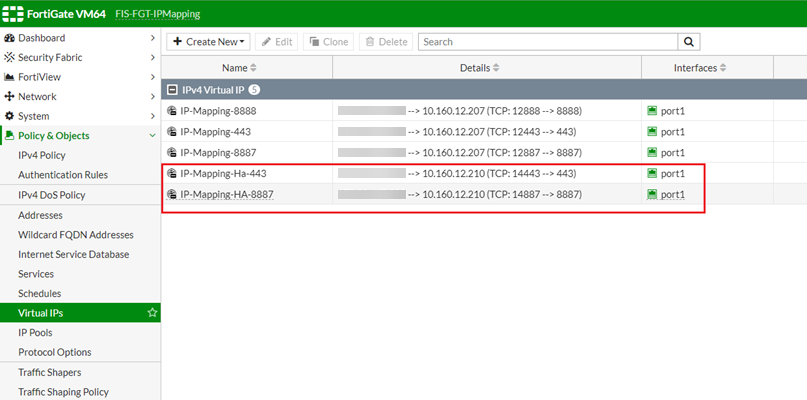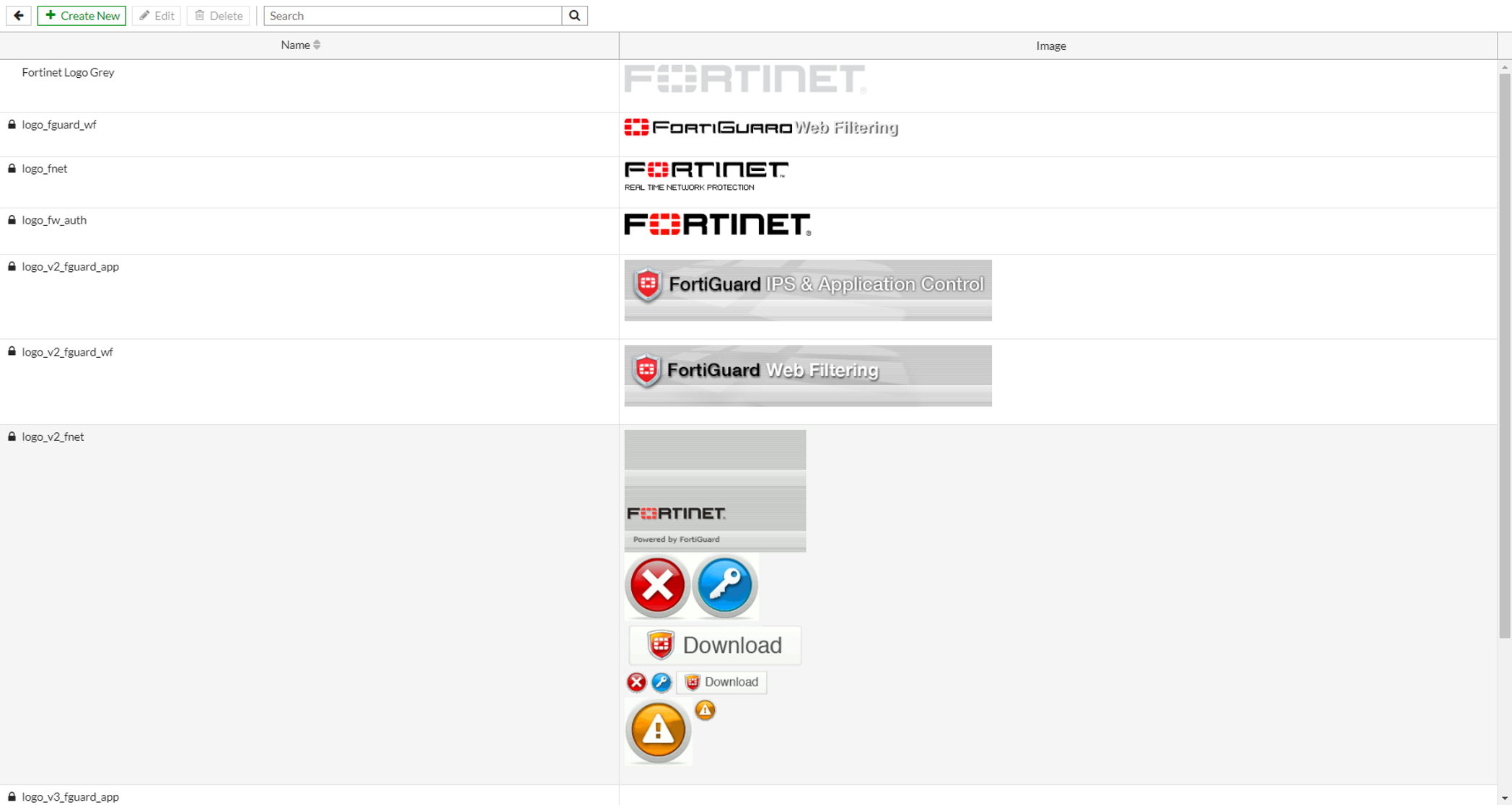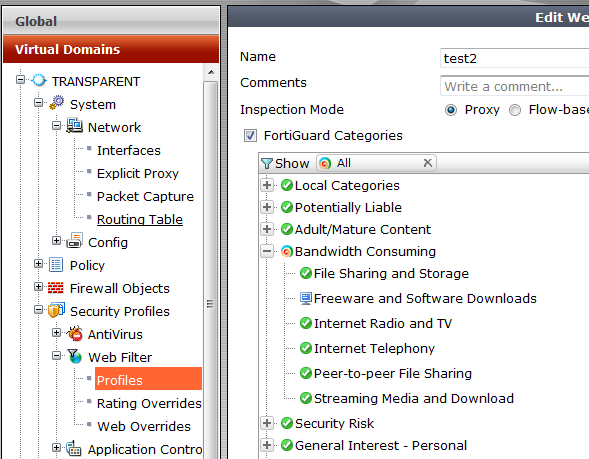

You can replace this tag with text of your choice. The line “Please enter your credentials to continue” is provided by the You can change any text that is not part of the HTML code nor a special tag enclosed in double percent (%) characters.

Typical modifications for this page would be to change the logo and modify some of the text. The captive portal contains the following default web pages: Each SSID can have its own unique portal content. In the web-based manager, you can modify the default messages in the SSID configuration by selecting C u s t o m iz e Portal Messages.

You will need this password to restore the file.These pages are defined in replacement messages. Enter a password and enter it again to confirm it.If backing up a VDOM configuration, select the VDOM name from the list.Įncryption must be enabled on the backup file to back up VPN certificates.If VDOMs are enabled, select to backup the entire FortiGate configuration ( Full Config) or only a specific VDOM configuration ( VDOM Config).You can also backup to the FortiManager using the CLI. The USB Disk option will be grayed out if no USB drive is inserted in the USB port. Select to backup to your Local PC or to a USB Disk.On the System Information widget, select Backup next to System Configuration.To back up the FortiGate configuration - GUI: Note that if you are using FortiManager or FortiCloud, full backups are performed and the option to backup individual VDOMs will not appear. If you have VDOMs, you can back up the configuration of the entire FortiGate unit or only a specific VDOM. You have the option to save the configuration file to various locations including the local PC, USB key, FTP and TFTP site.The latter two are configurable through the CLI only. Should anything happen during the upgrade that changes the configuration, you can easily restore the saved configuration.Īlways backup the configuration and store it on the management computer or off-site. Also, ensure you backup the configuration before upgrading the FortiGate unit’s firmware. It is also recommended that once any further changes are made that you backup the configuration immediately, to ensure you have the most current configuration available. In these instances, the configuration on the device will have to be recreated, unless a backup can be used to restore it. In some cases, you may need to reset the FortiGate unit to factory defaults or perform a TFTP upload of the firmware, which will erase the existing configuration. Once you configure the FortiGate unit and it is working correctly, it is extremely important that you backup the configuration.

Using static IPs in a CAPWAP configuration Lowering the power level to reduce RF interference Security Profiles (AV, Web Filtering etc.) Best Practices | FortiGate / FortiOS 6.2.0 | Fortinet Documentation Library


 0 kommentar(er)
0 kommentar(er)
